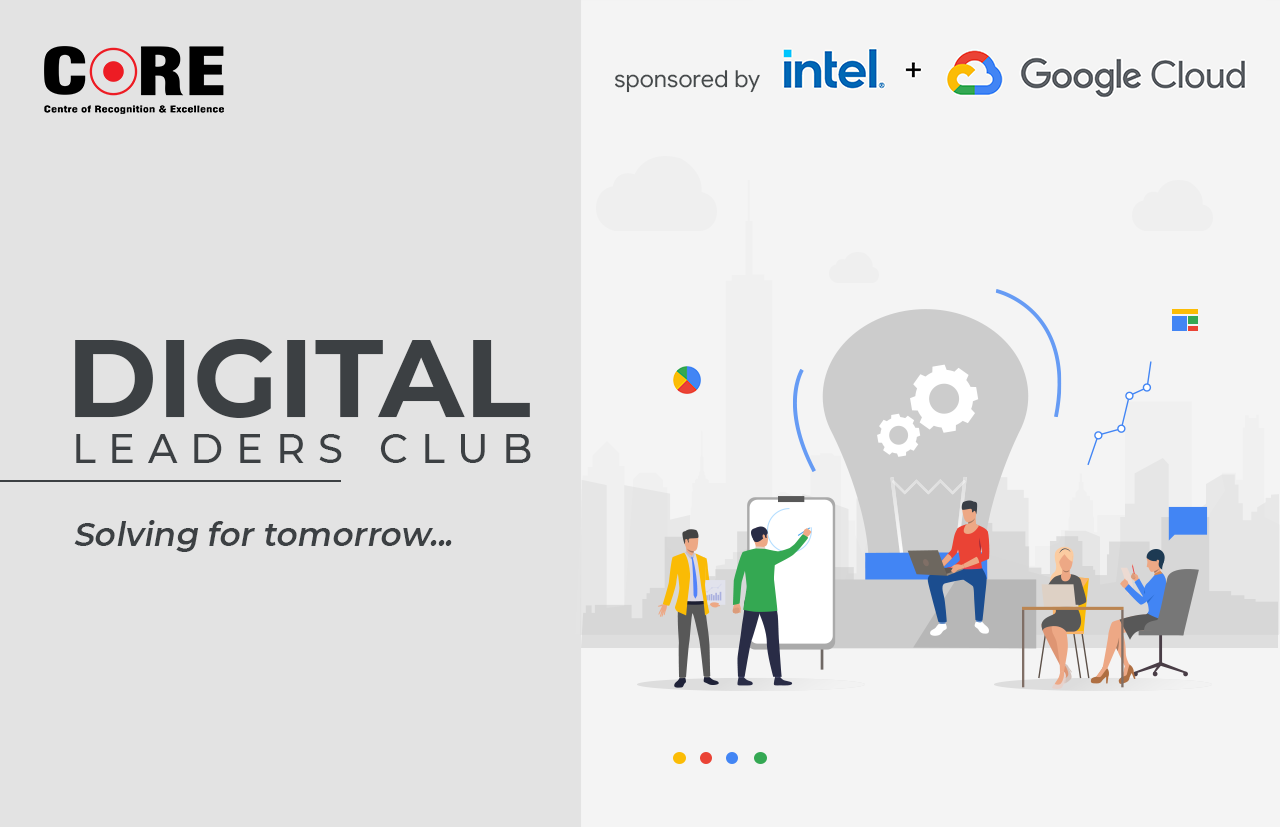- With the advent of the experience era, Digital in the last couple of years and more so in the last one year, has firmly established itself as one of the most important factors driving innovation and consequent business success.
- Cloud has established as the platform of choice for enterprises' larger innovation goals and critical initiatives
- CIOs are broadening the scope and scale of their existing initiatives to address the dynamic needs of customers
Organizations across all industries have been pivoting their business and operating models to adapt to rapid changes. While leading their future-ready enterprises towards innovation and growth, technology leaders are now actively broadening the scope and scale of the key digital initiatives that they have already embarked on.
This increased focus on digital, they believe, is the way forward as CIOs roll up their sleeves to break through the barriers and achieve new goals.
In this context, the latest edition of Digital Leaders Club, curated by CORE Media and sponsored by Google Cloud India, deliberated on how CIOs are now prioritizing Digital 2.0 strategy by adopting the right tools & technologies, leveraging Cloud, and how they are doing in the near-term to long-term in reshaping their businesses.
“The last one year has given a major impetus to the digital economy and most enterprises will continue to be on the path to innovating new models. CIOs and IT leaders are tasked with recalibrating their digital agendas and the new models of work to take their organizations forward,” said Anoop Mathur, Founder & President, CORE Media, who moderated the discussion featuring senior CIOs from the industry and leaders & experts from Google Cloud.
Explaining how innovation as a strategic priority is shaping up very fast,” Kamolika Peres, Director, Google Cloud India, said, “For a lot of organisations, digital innovation has become a long-term agenda as they address the dynamic trends in employee and customer experience. Data has been leveraged extensively to come up with new models that help in enabling predictability, faster time to market and adaptability. We, at Google Cloud, are doing a lot of work helping customers in areas of supply chain transformation, remote sensing, industry 4.0 and many more by leveraging AI/ML and cloud.”
Emphasizing how his company is leveraging Cloud in the current scheme of things, one CIO from the retail sector said that with so much uncertainty around, his company recently moved to cloud, and they are doing a lot of work on the architectural front building composable architecture, which is highly modular and microservices based. “Looking at our migration to the cloud, I think cloud will play a significant role both in terms of scalability and the modularity that it can provide to our platform/architecture,” he added.
Another CIO from the insurance sector was of the view that these uncertain times helped them to move completely to hybrid cloud. “Initially, on the customer acquisition side, digital was not preferred, and it proved to be a challenge. Rising to the need of the hour, we created certain modules including bots and Whatsapp chats for assisted sale, that’s purely hosted on the cloud. Almost 60% of our claims were settled digitally with an overall turnaround time being less than 20 minutes. We have also deployed AI and ML for a better customer experience,” he informed.
Throwing light on how he is transforming the supply chain function, a CIO of one of the largest manufacturing companies elaborated on the role AI and ML plays in his modernization efforts.
Rajesh Shewani, Customer Engineering Manager – India, Google Cloud, further elaborated on the last-mile logistics models built by Google which takes into account the GPS coordinates and the maps. He also said that a lot of start-ups in the logistics line in India are leveraging Google technology for creating similar use cases.
Most CIOs on the panel also alluded to the fact that their approach to cloud is changing significantly in the process. Cloud is not just an infrastructure choice anymore for enterprises that are accelerating their digital transformation agendas. It is indeed the platform of choice for larger innovation projects around analytics, AI/ML and much more.
Resources:


